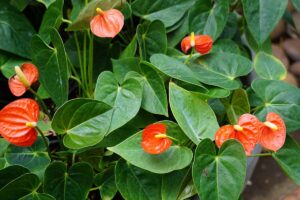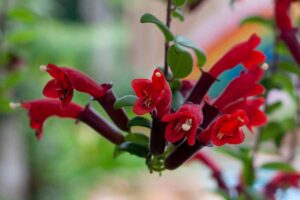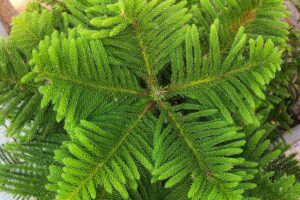We’ve all been there. You walk past your favorite houseplant, and find a bunch of leaves littering the ground.
Many plants drop their leaves when they aren’t happy, but Ficus species are especially known for it.
I can’t tell you how many times I’ve been discussing weeping figs (F. benjamina) and someone mentions that theirs consistently drops its leaves. My aunt once handed me a beautiful six-foot-tall weeping fig because she couldn’t stand vacuuming up the debris any longer.
But you shouldn’t freak out if your ficus is defoliating a little bit. It’s how the plants deal with changing or adverse environments.
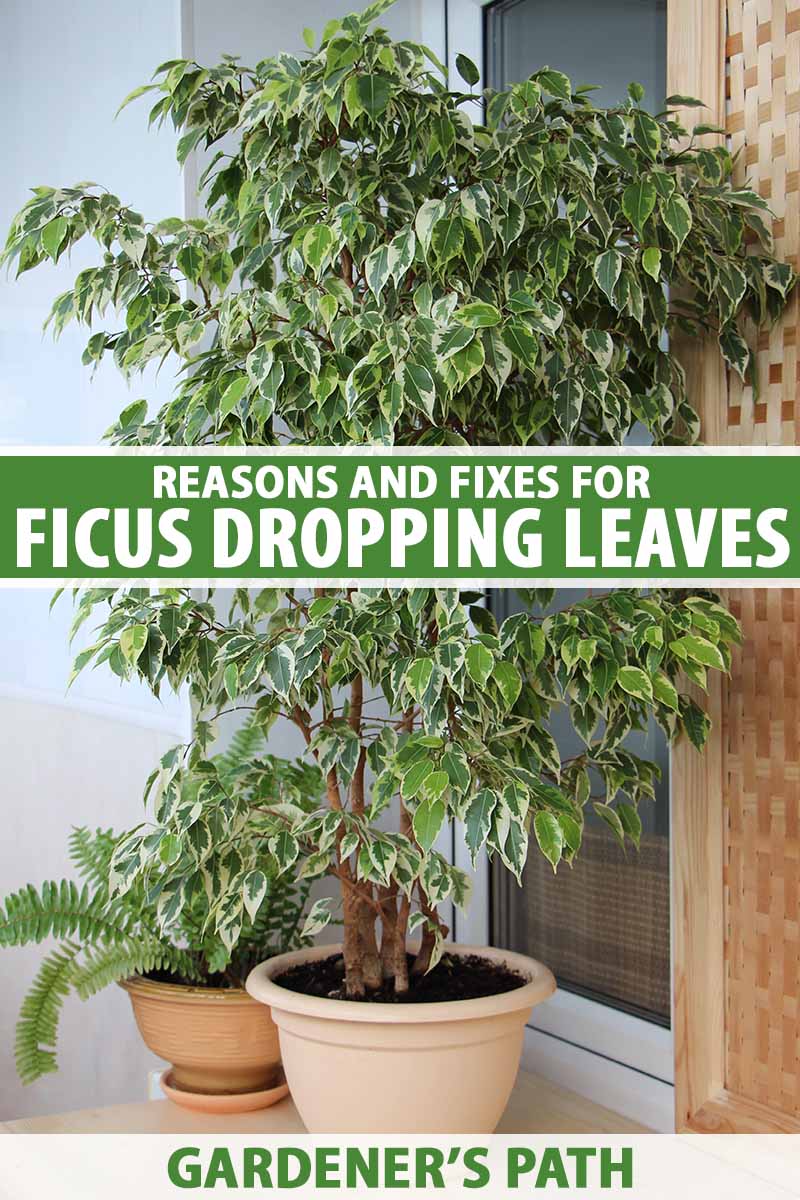
We link to vendors to help you find relevant products. If you buy from one of our links, we may earn a commission.
Just as apple trees send up water sprouts and some humans pop open a bottle of wine when they’re stressed, ficus plants drop their greenery like they can’t wait to get naked.
In other words, it’s normal for a ficus to lose some foliage at certain times. It’s the plant’s way of adapting to changing conditions.
Think of it from the plant’s point of view: you suddenly have less light than you’re used to. How do you adapt? By dropping some of the excess leaves and growing new leaves that are better adapted to the lower light.
It’s a survival strategy that can be viewed in a positive rather than negative light. Ficus species are adaptable survivors, and they’re making sure they are able to stick around. If they didn’t adapt, a changing environment could spell disaster.
Still, that doesn’t mean we want to see our ficus shedding like a husky dog in the spring. And, of course, complete defoliation is another matter entirely.
Complete defoliation could potentially kill the plant, but it’s also a sign that there’s something seriously wrong. A little leaf drop is no big deal. A lot of leaf drop is a big deal.
But you have to put up with a sparse, sad-looking plant. There are steps you can take to prevent, lessen, or stop the foliage from dropping. We’ll go over your options in this guide.
Here’s what’s on the docket:
What You’ll Learn
In my experience, weeping figs are the types that most readily drop their leaves, followed by fiddle-leaf figs (F. lyrata) and rubber trees (F. elastica), which hold onto their foliage a little better.
Honestly, if your weeping fig isn’t dropping leaves, you might want to check and make sure it isn’t actually made from silk or plastic.
Before we talk about what you can do to address it, let’s look at why ficus plants do what they do.
What Causes Ficus Leaf Drop?
As we mentioned above, a change in environmental conditions is typically the cause of defoliation.
Most often, this is a sudden change in light exposure or temperature. Altered water levels, too much or too little food, diseases, or pests can also cause dropping foliage.

The shifting seasons, as the light gradually reduces in the fall, aren’t generally dramatic enough to cause shedding. We’re talking about a sudden change in environmental conditions.
Similarly, the gradual warming that happens as spring arrives won’t cause it, but if you allow your home to be warm for a few weeks in early summer and then suddenly turn on the air conditioning full blast, that might be enough to trigger falling foliage.
Over- or underwatering will, over time, cause shedding. As will any pest or disease that targets Ficus species, even if the symptoms don’t typically include dropping foliage in other types of plants.
For instance, spider mites might not cause leaf drop in a Swiss cheese plant, at least not immediately, but a Benjamin fig will toss its foliage as soon as those mites start chowing down.

Remember, that’s how these plants deal with stressors.
If you aren’t familiar with the various pests and diseases that plague these species, please visit our guides to weeping figs, rubber trees, and fiddle-leaf figs for the specifics.
These guides will help you figure out the perfect amount of water and food to give your Ficus species, as well.
In the case of outdoor plants, unless you’ve recently removed a nearby tree or made some other change that dramatically affects the growing environment, defoliation is typically caused by water issues, pests, or disease.
Preventing Leaf Drop
Making the effort to prevent leaf drop from happening is worth the effort if you don’t want to wait for your plant to regrow its foliage and look gorgeous again.
If the very thought of your plant losing leaves makes your stomach drop, then your new goal in life is to keep things as consistent as possible, environment-wise.
Try to keep the temperature and light exposure as consistent as possible and provide the plant with the recommended water and humidity for the particular species you are growing.
If you do have to make any changes, make them as gradual as possible.
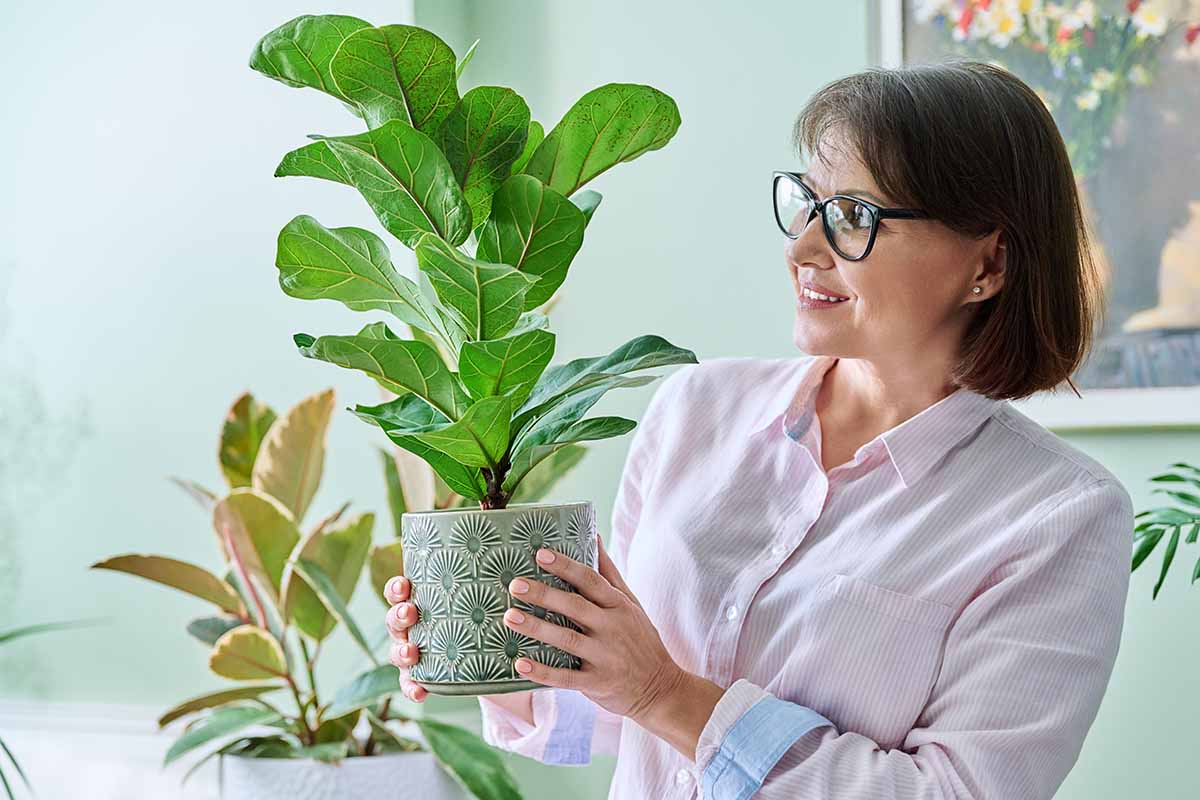
For example, you may decide to take your fiddle-leaf fig from a spot in the corner of your living room that’s a bit too dark and move it to an east-facing window.
Overall, that’s a positive move for your plant because it will have the light exposure that’s more appropriate for the species.
But the change is probably going to promote dropping foliage if you do it suddenly. Instead, gradually shift the plant in the direction you want to go over the course of a week. Better yet, make it two or three weeks in the case of big moves.
If you’re moving the plant 20 feet in a week, that means you’d need to move it about three feet a day. By the time you place it in its new location, the plant will have had time to adapt to the changing environment.
This can be applied to any move you wish to make with your plants.
Moving your rubber tree outside for the summer? Take it nice and slow. Do you want your curtain fig (F. microcarpa) in a different room? Slow and steady wins the race.
I know, it might be a bit strange to have your favorite rubber tree sitting in the middle of your living room as it slowly transitions to its new location. Just tell your friends that your house is haunted and the plants move on their own.
Of course, there are times when you can’t make the transition slowly, such as when you are moving hundreds of miles away. In those cases, you’ll have to accept a little leaf drop.
Treating Leaf Drop
Stopping leaf drop requires you to address the cause, provided it wasn’t a sudden change of environment.
If you look your ficus over and spot pests like aphids or scale, you’ll have to address the infestation. Once you get rid of those pests, your ficus might continue to shed for a little while longer, but eventually it will send out new, healthy growth.
The same goes for diseases like botrytis blight or root rot. If you cure the disease, you’ll cure the shedding.
If you aren’t providing enough light for your ficus, you’ll need to fix that – gradually. It can be a challenge to tell if the light is right by just looking at it. A light meter can really help.
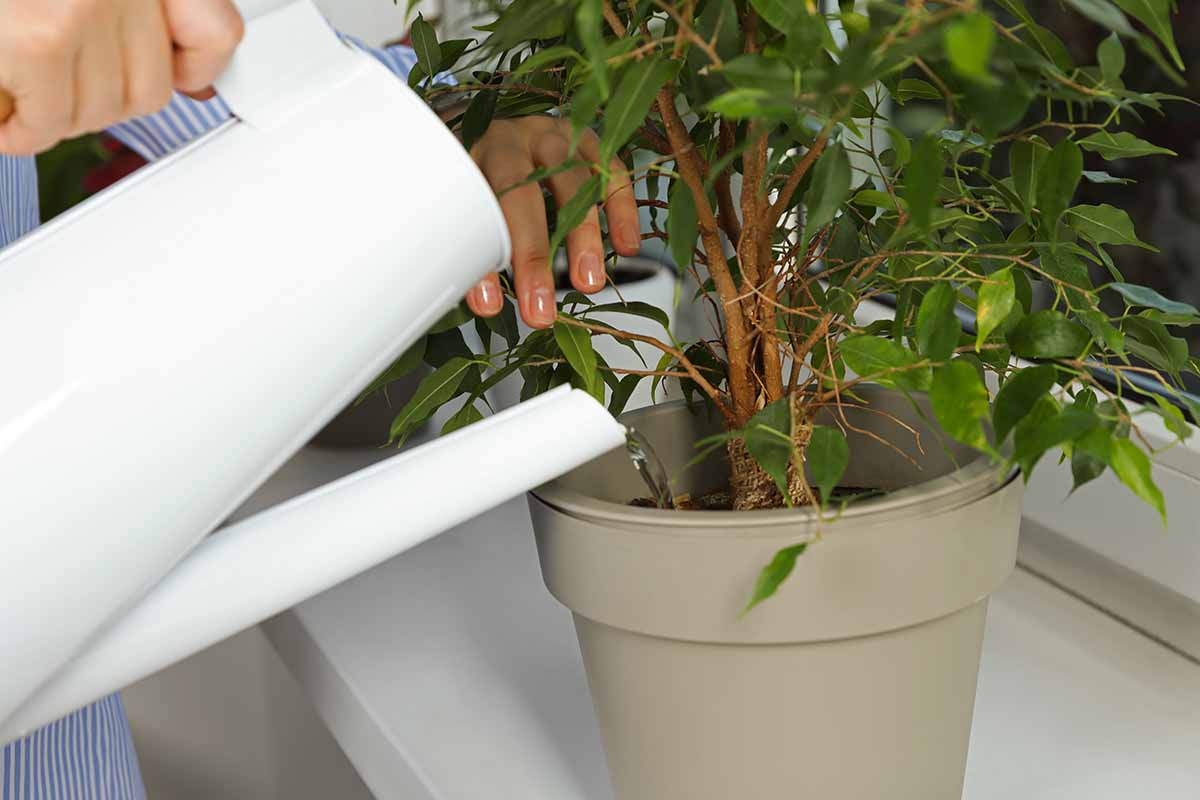
If you are over- or underwatering, the plant will likely continue to defoliate until you sort that out.
Most ficus plants like soil that’s moist but not oversaturated. They will generally tolerate some dryness but not an excessive amount.
If the cause was a change in environment, you don’t need to do anything. Just support your plant with the appropriate amount of water and food, and it will recover all on its own.
That Fabulous Foliage Isn’t Going Anywhere
It’s not necessarily that big of a deal if your ficus drops some foliage.
It’s how these plants adapt, and it usually just means that they’re changing their outfit to better suit their new home.
But if they’re losing a ton of leaves, act fast to figure out the cause and do your best to fix it before the plant completely defoliates.
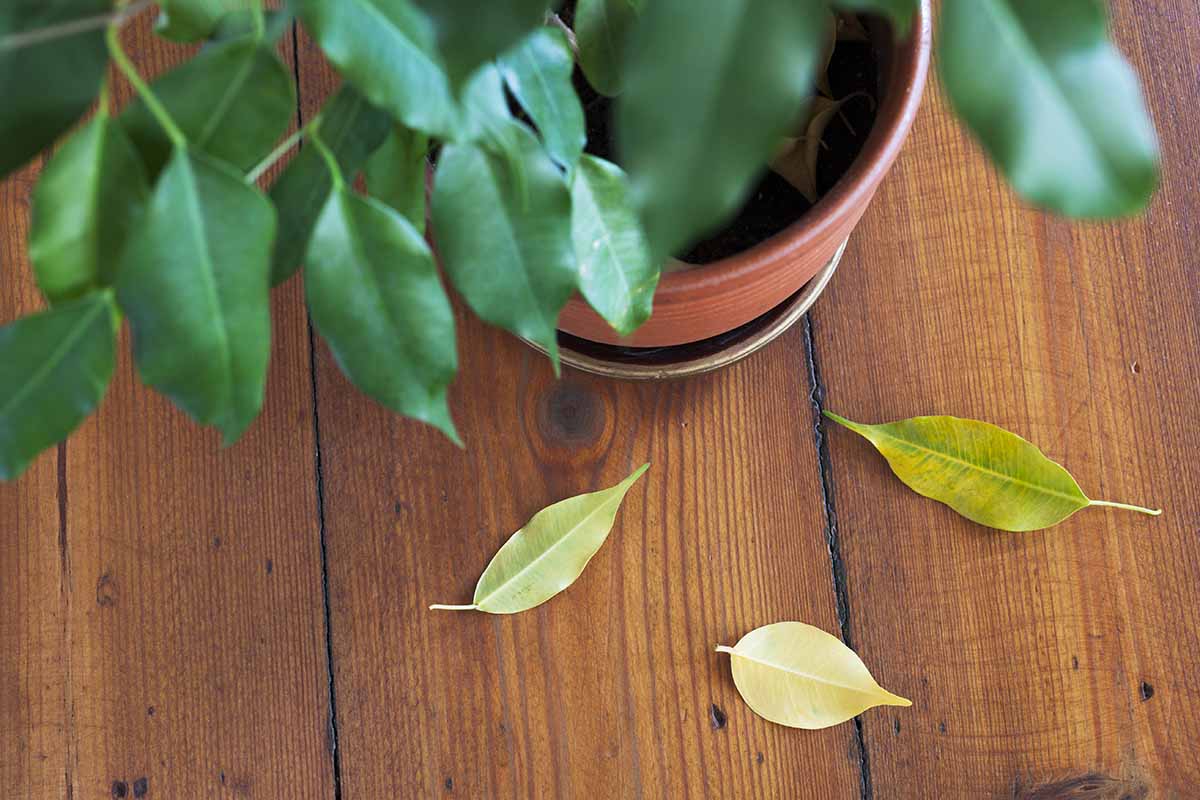
Feeling better about the situation? I hope so. It’s not hopeless at all. Have you experienced problems with your ficus plants? Let us know in the comments section below!
If you felt like this guide helped you out, you may be interested in more information about ficus plants. If so, check out these guides next:
